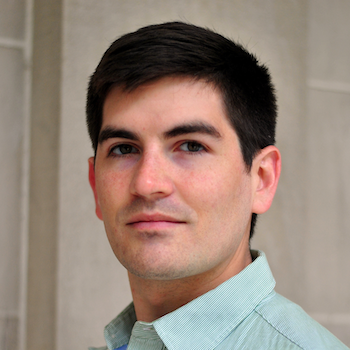PHY256H1F
Introduction to Quantum Physics
Official description
Failures of classical physics; the Quantum revolution; Stern-Gerlach effect; harmonic oscillator; uncertainty principle; interference packets; scattering and tunneling in one-dimension.
- Prerequisite
- PHY131H1/PHY151H1, PHY132H1/PHY152H1, (MAT135H1,MAT136H1)/MAT137Y1/MAT157Y1
- Co-requisite
- MAT235Y1/MAT237Y1/MAT257Y1,(MAT223H1/MAT240H1 recommended)
- Exclusion
- n.a.
- Recommended preparation
- n.a.
- Textbook
-
['Quantum Mechanics, by David McIntyre'] - Breadth requirement
- BR=5
- Distribution requirement
- DR=SCI
Additional information
Quantum physics is one of the major scientific and intellectual developments of the 20th century. Not only has it revolutionized Man's understanding of the structure of matter, but it underpins a broad cross-section of modern technology, from the transistors in your computer to the lasers carrying data over the internet. More than that, however, it has led to a radical change in the underlying way we understand the world. This change is not limited to atoms, or even to the microscopic world in general. It applies whether we are discussing atoms and molecules, metals and semiconductors, electricity, magnetism, light, or the universe itself.
We will start with the fundamental concepts of quantum mechanics and will then develop the basic mathematical and conceptual tools to deal with important topics such as the uncertainty principle, interference, entanglement, tunneling, and the structure of the atom. You will be challenged to develop your intuition about the quantum world, with discussions based largely on two-level systems such as photon polarization, the Stern-Gerlach experiment, and two-slit interferometers. We will touch on potential applications such as quantum cryptography and quantum computers.
- course title
- PHY256H1F
- session
- fall
- year of study
- 2nd year
- time and location
-
24L: LEC0101: MW1 12T: W3/W4/F1/F3 Students/TAs: Room information available on ACORN (https://www.acorn.utoronto.ca/) Instructors: Room information available in the LSM Portal (https://lsm.utoronto.ca/lsm_portal)
- Course URL
- https://piazza.com/utoro…
- instructor
-

